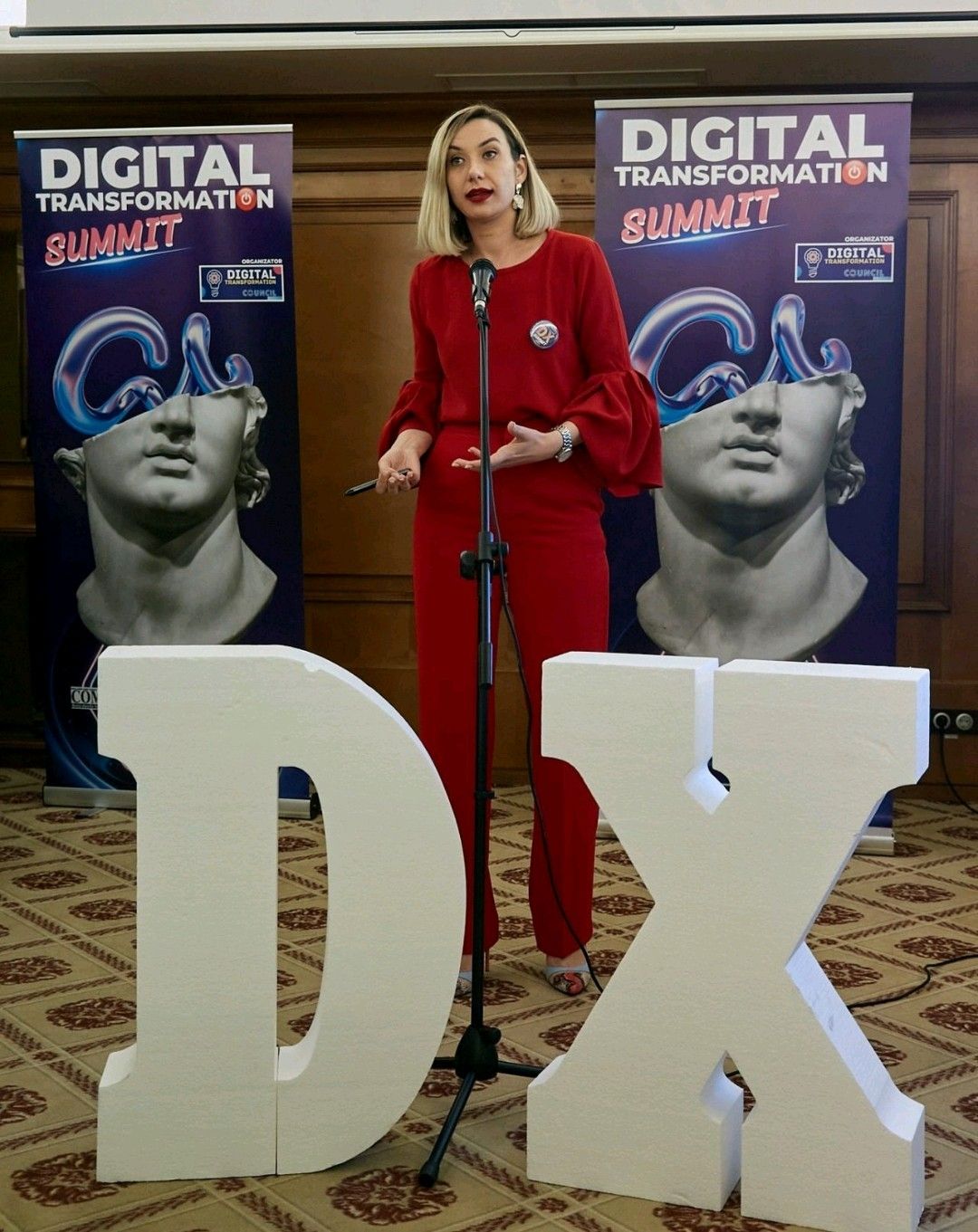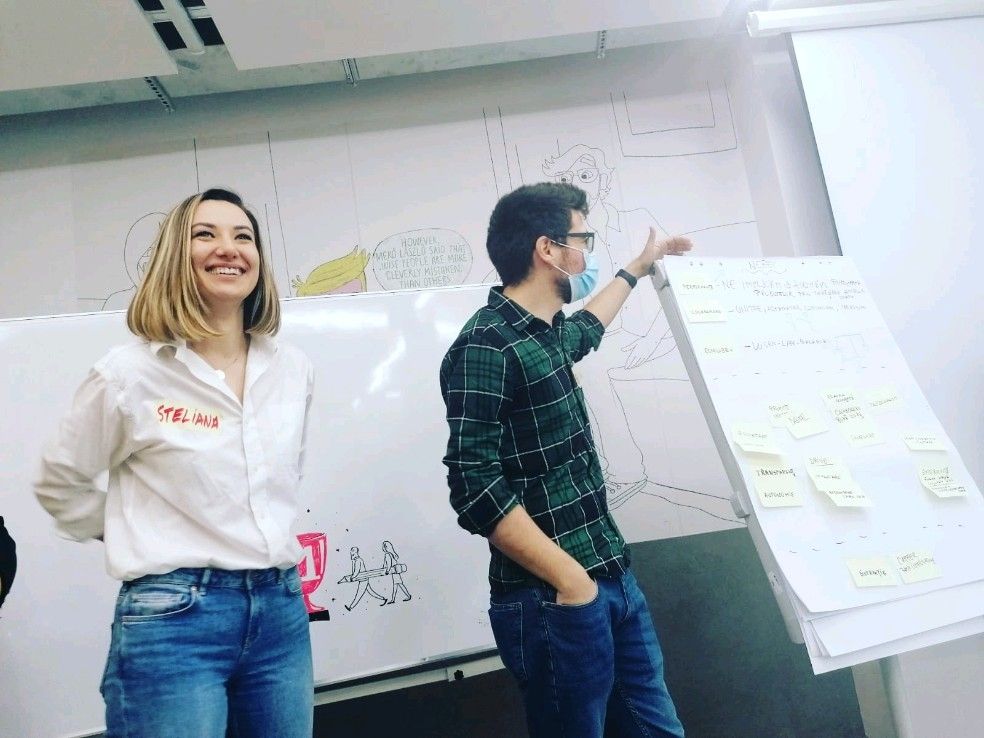With a background that spans diverse fields such as business management, digital transformation, marketing, and corporate social responsibility, Steliana Moraru brings a unique approach to the helm of OTP Leasing Romania, a part of the OTP Group.
Describing herself as an agent of change and with an extensive experience in digital transformation, during the past few years Moraru has been spearheading a paradigm shift regarding digitizing financial operations and challenging the status quo within the financial industry.
IT Logs had the opportunity to meet the Romanian finance professional and discuss her vision for OTP Leasing, dedication to implementing change in the financial landscape, and delve into the dilemma of how financial institutions and fintech can co-exist – as friends or foes, or something much more.
IT Logs: How do financial institutions see the process of digital transformation?
Steliana Moraru: In 2019 we started a five-year strategy on digital transformation that has three pillars – we have the technology, we have the people, and we have the ecosystem. In the financial world when people speak about digital transformation, they always think about technology. But in my opinion, if you have the technology, but you don’t have the people or the ecosystem for that technology, then it wouldn’t solve your problems.
Technology is not a universal medicine, so in this sense you need to have the three pillars to support the digital transformation. We started this because we are aiming for three things in leasing. So basically, we are looking at the trends and tradition in the financial world that has been very conservative – very regulatory, with a lot of rules.
For us this was a sign and it was when we thought that we need to find solutions on how to thrive in this kind of environment. Because if we maintain the traditional mind, we are going to be left behind – it’s a process of course, but in the end, we might lose our relevance.
What is the correlation between digital transformation and green financing, and how do you see this connection developing further on?

We got another challenge in the sense that we finance a lot of assets, equipment, vehicles, for example. We are financing different domains such as agriculture, construction and so on, and we’ve had a pressure inside and outside in the sense that because we are in both domains and assets, we are indirectly financing certain areas that might have a negative impact on the environment.
So, two years ago we started to have dedicated products for green financing. If you want to buy assets like EVs, hybrids, you get special discounts and you get a special offer. And then we are trying to figure out how to finance innovative domains and companies that are having projects that actually help the ecosystem and the environment.
So, it’s really important to identify how we can better sustain green financing. Besides the products, we started measuring our carbon footprint, we are going to change our internal procedures to be more compliant with the green initiatives.
And definitely we change our risk assessment – we have a risk assessment for each client and we have an ESG score based on their actual domain and industry. We just started so it’s a learning process for ourselves as well, but we are very determined to go even further into depth.
How do financial institutions see fintechs – competition, allies, or something more?
I am seeing fintechs as either partners or good competitors, because they push us to be better. We are working with fintech startups to provide online onboarding and e-signature for our clients. So from my point of view for the future, as a financial company you either develop on your own, and you start thinking as a software company, more of a risk taker, or you can start by partnering with different fintechs.
In the future I don’t see financial companies and leasing companies just being by themselves, but rather working with different partnerships and building ecosystems. Our clients expect a certain experience and if they are used to it with another application where they can do self-service, they have chatbots and everything is paperless, we cannot say “oh, you need to come and sign all those papers and documents” and so on.
Of course, we need to respect the law and the legislation, but at the same time, we need to adapt to these changing times. Otherwise, of course, we can tap into a more conservative client, but we want to serve the entire business community. We are also starting to see a new generation of entrepreneurs and this new generation is more open to working with a financial partner that’s digital, fast forward thinker and understands innovation.
This is why we need to step up and raise those expectations because they expect an equal partner. We need to understand innovation, the broader context, fintech, and so on. The finance world is an ecosystem, and each of us plays an important piece of the puzzle, but we are together in this and therefore I expect to see even more interesting partnerships with fintechs.
What are the biggest challenges when it comes to digital transformation for big financial institutions?

As I said in the beginning – we have the technology, we have the drive, but it’s really important to have the people. There is this discussion now about AI taking our jobs, which is a concern and we should take it seriously of course. But in my opinion, no matter our background, we need to start working together with technology, to understand certain parts of technology, how to use certain platforms, etc.
The legacy systems are definitely challenging. Then, as I said before, it’s important to have people that are ready to make this change and when you bring some new technology, or when you bring some new systems, it’s important to take into consideration that they also need to be maintained.
You cannot just bring this technology, no matter how amazing it is, and think that it will just work on its own – so you need to maintain and upgrade it all the time.
You mentioned AI – are there any other trends that you see becoming popular in the financial industry?
I’d say that machine learning is really important, especially when it comes to risk assessment and areas where you need to verify clients. For example, we are working with B2B or B2C, so we need to verify the client before he or she can obtain a loan.
I do believe that AI is going to help with cooperating better with our teams – especially customer care because we cannot hire hundreds of people to answer questions. However, at the same we need to be able to respond to their needs, and I think that AI can help with these kinds of challenges.
There is ChatGPT and similar models that can act as an assistant for us in areas such as refining speeches or some ideas. Of course, it needs to be used carefully and not to divulge any information or confidential information, but I do see that it can be useful for the industry.





